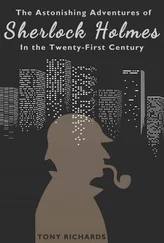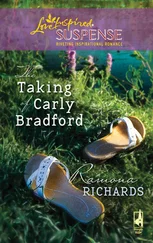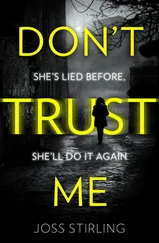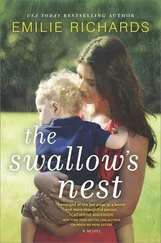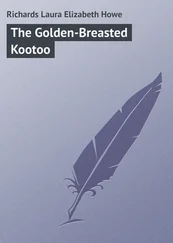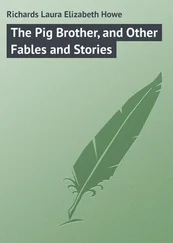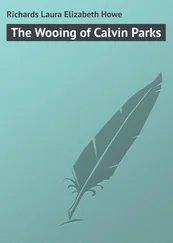• • • • •
In his book Waterlog, Roger Deakin describes a seemingly impossible swan dive made by a market-worker in the 1920s from the copper turret of the Norwich art school, over Soane’s St George’s Street Bridge and into the River Wensum.
A friend lent me the book towards the end of my degree and I raced through it, drinking up the words on water, wild swimming and landscape. A few minutes after discovering the Norwich nosedive passage, I was stood on the same bridge, text in hand, eyes skyward, trying to join the dots – turret, bridge, river. Copper, sky, Wensum – but the orbit did not fit.
I went back to my work on the airship, disbelieving – imagining the lad Goodson arcing, plunging head first and arrow-like – aiming at the water, his eyes brim-full of bridge.
I returned at lunchtime but the bridge was no thinner than before.
Did Roger Deakin stand here too? I wondered. Did he weigh the thing up?
Waterlog and Deakin’s subsequent book, Wildwood: A Journey Through Trees, suggested a course beyond art school.
Writing in 2010, his friend Robert Macfarlane described him as
‘a film-maker, environmentalist and author who is most famous for his trilogy of books about nature: Waterlog, Wildwood and Notes from Walnut Tree Farm. I say “nature”, but his work can perhaps best be understood as the convergence of three deeply English traditions of rural writing: that of dissent tending to civil disobedience (William Cobbett, Colin Ward), that of labour on the land (Thomas Bewick, John Stewart Collis), and that of the gentle countryman or the country gentleman, of writer as watcher and phrenologist (Gilbert White, Ronald Blythe).’ *
I had a lot of questions, had gone off piste with my MA to fill gaps in my heuristic knowledge and in so doing become convinced that something was amiss and the answers lay elsewhere, in the heads and hands of people at work.
Roger Deakin walked out to meet the people who knew – who swam, worked wood, dwelt and engaged with the land. Meeting with people in the spaces where they worked and lived, he found communion and kinship. Perhaps I, in light of the Beechwood Airship, could do the same and find some resolution … because the postmodern doublethink of the art school seemed a very lonely thing – a vacuum occasioned to funnel and mould the kids in a system where talk of aesthetic judgement is muted and neutered, shrugged off as subjective.
Such a cheap trick! A spiteful closing down of the cosmos and, I couldn’t help but think now, having clashed against the axioms of the institution, that their dogma was self-serving and unfit to underpin a job of work in the world beyond their walls.
I knew of graduates turned out as graphic designers with almost no knowledge of its history – the roll-call: Brody, Beck, Oliver, Saville, Kare and Scher passing without a flicker – set up to be a caricature with no depth to their knowledge beyond a syllabus which ticked the school’s boxes – eggshell graduates who’d only been pressed top down.
But then, perhaps this does the tutors a disservice, perhaps it wasn’t their fault – maybe they were under pressure to deliver a certain sort of course – perhaps the onus should be on the student to broaden their knowledge. Shouldn’t a degree be all-consuming? The past and present insatiably mined out, the future dreamt, the vocation so pressing that each new contextual source is gorged? But I knew from my own encounters that students were being dissuaded from going too far away from their prescribed course remit. Peregrination was not encouraged, cross-course collaboration dissuaded – at an art school! Surely that was wrong or was I being unreasonable?
No. You need more. You need enough rope to either hang yourself or create something great. And sometimes you need to get out on the road and discover it, physically seek and experience it for yourself – whatever that is.
Take risks. Get your hands dirty.
Bill Drummond’s totemic GET YOUR HAIR CUT and the MAKE SOUP that replaced it seemed a good place to start.
Where did he work? I wondered.
The final weeks of art school found me serving rowdy intemperance to student types on weeknights while Sundays passed in quiet concentration, Virginie and I lying side by side on the floorboards of the SU bar: papering the airship, strung out on psychotropic varnish fumes, listening to Klaus Nomi.
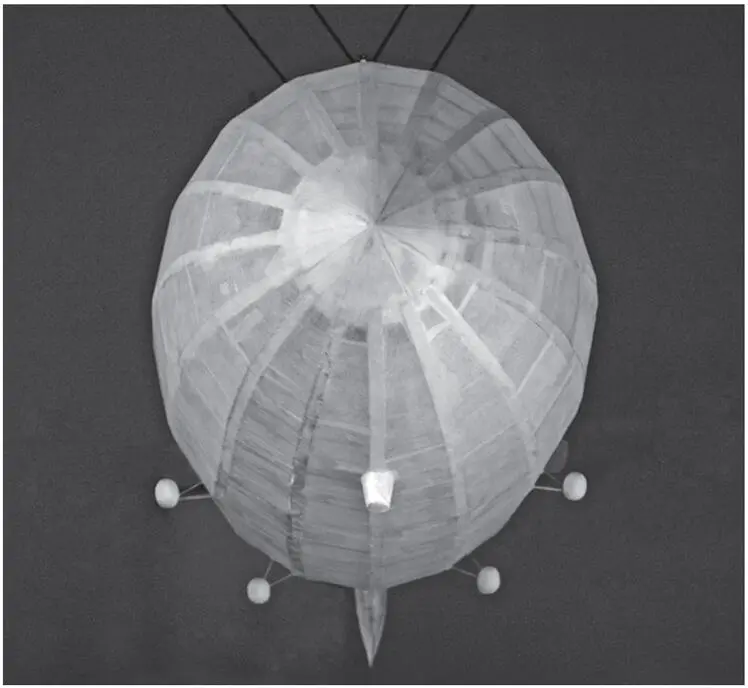
BILL DRUMMOND (1953– ) is a Scottish artist, musician and writer who came to prominence in the 1980s with his band The KLF. He achieved notoriety after burning one million pounds in cash as part of his art project the K Foundation. He is the author of several books and is the founder of countless art, music and media projects as well as the writer of two solo albums.
BILL DRUMMOND
St Benedicts Street, Norwich
Summer 2007
I’m building my airship in the Student Union; a month to go before the autumn term and the hall is empty. It’s early and brilliant sunlight pours down from the cinquefoil windows above me, flooding the low stage where I work.
I enjoy being here out of hours. I have the run of the building from as early until as late as I like.
Most of the student art and canvases have been stored over the summer – to be hung up again once the bar reopens – so the white walls are bare except for one large red and yellow canvas which looms to my left as I look down the room: MAKE SOUP. *
I like MAKE SOUP. It greets me every morning with bright clarity and purpose. The framed text beneath it reads:
NOTICE
Take a map of the British Isles. Draw a straight line diagonally across the map so that it cuts through Belfast and Nottingham. If your home is on this line, contact soupline@penkilnburn.com Arrangements will be made for Bill Drummond to visit and make one vat of soup for you, your family, and your close friends.
I appreciate the simplicity and generosity behind this venture. I like soup, for one, but also I like the sense of quest, the bold colours, the aesthetic of the large stark letters − four and four, MAKE SOUP – the fact Bill will rock up and physically make you literal soup with his actual hands.
I look on Bill’s Penkiln Burn website and find that there are many more canvases of the same size and style − PREPARE TO DIE, SILENCE, DRAW A LINE, 40 BUNCHES OF DAFFODILS, STAY − each with an attendant story and aim.
I ponder what a BLOODY GREAT AIRSHIP canvas would look like; three words, one above the other. I sketch it in my notebook.
• • • • •
March 2009
Bill’s workshop is a grey unit with a roll-shutter front, solid and anonymous on a ring road industrial estate … outside Norwich. *As the shutter rises it reveals a stacked interior. I follow him into the space, stepping over piles of books and magazines, around walls of filing cabinets and heaped boxes into a clearing with a large canvas suspended upside down on a stretch of bare white wall −  . White on red. Bill rummages in a cupboard and emerges with a handful of bungee leads, picks the canvas up and makes his way back out to the Land Rover, before climbing onto the substantial roof rack to secure it there. I ask what happens to his older, redundant signs; Bill says he paints over them.
. White on red. Bill rummages in a cupboard and emerges with a handful of bungee leads, picks the canvas up and makes his way back out to the Land Rover, before climbing onto the substantial roof rack to secure it there. I ask what happens to his older, redundant signs; Bill says he paints over them.
Rather than the portentous figure I’d been expecting, Bill seems a quiet, thoughtful man – far more tolerant and humorous than I’d imagined. On the drive back into town I think over the disparity between the Bill with the reputation for dark shenanigans that I’d read about in preparation for this meeting and Bill the enthusiastic instigator of spontaneous choir The17 because it’s the latter who’s sat beside me now, imagining aloud waking up tomorrow to find all recorded music had disappeared.
Читать дальше
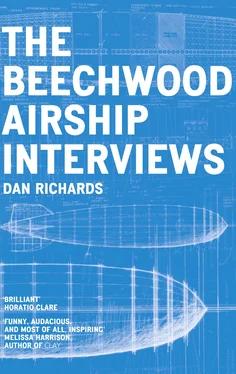

 . White on red. Bill rummages in a cupboard and emerges with a handful of bungee leads, picks the canvas up and makes his way back out to the Land Rover, before climbing onto the substantial roof rack to secure it there. I ask what happens to his older, redundant signs; Bill says he paints over them.
. White on red. Bill rummages in a cupboard and emerges with a handful of bungee leads, picks the canvas up and makes his way back out to the Land Rover, before climbing onto the substantial roof rack to secure it there. I ask what happens to his older, redundant signs; Bill says he paints over them.

